Tarnowskie Góry County
8.14
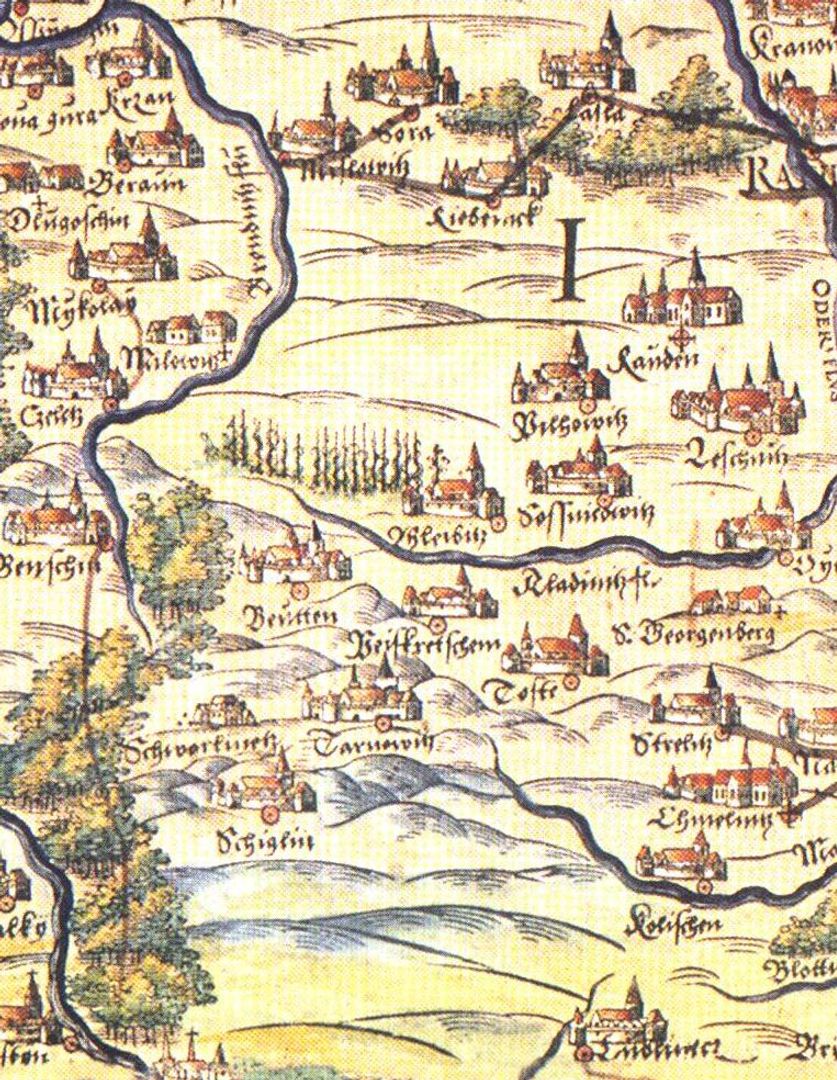
Overview
Tarnogórski County, located in southwestern Poland in the Silesian Voivodeship, is characterized by a rich history, dynamic industrial development, and numerous tourist attractions. Its seat is Tarnowskie Góry, known for the discovery of rich silver deposits in the 16th century, which contributed to the flourishing of mining. Established in 1873 and re-established in 1999, the county has a dynamic demographic structure with nearly 140,000 residents and specialized transportation infrastructure, including the A1 motorway. Traces of settlement date back to 10,000–4,000 BCE, with the oldest known settlements being Repty. Historically, the county witnessed many upheavals, from Czech rule to the Hohenzollerns, and during World War II, it was part of the Third Reich. Architecturally, it stands out with historic sites such as the Historic Silver Mine and the Black Trout Adit, which are monuments of industrial culture. The county also serves as a residential area for the Upper Silesian metropolitan region, with highly developed infrastructure. The region features numerous recreational centers, museums, and remnants of traditional mining. An important hub is the Katowice-Pyrzowice International Airport, which serves millions of passengers annually. The county also organizes various cultural events and maintains partnerships with counties in Germany and Poland, fostering cultural exchange. Joint investments and distinctive landscape features, such as the Tarnogórski Ridge, enrich the tourist appeal of the region.
Location
State
Silesian Voivodeship
Country
You can also find here:
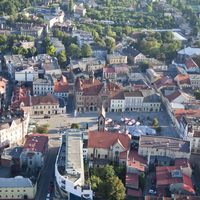
Tarnowskie Góry
8.44
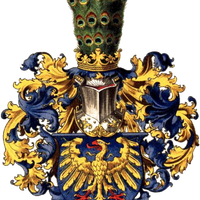
Kamieniec Palace
7.82
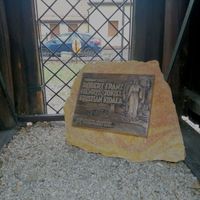
Gwarek Bell Tower
7.21
Tarnowskie Góry
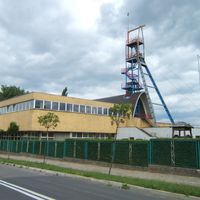
Historic Silver Mine
7
Tarnowskie Góry

St. George and the Assumption of the Blessed Virgin Mary Church in Miasteczko Śląskie
6.94
Miasteczko Śląskie
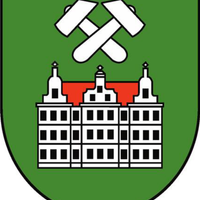
Tworków
6.89
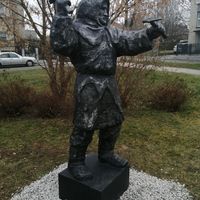
The Miners' Sculptures in Tarnowskie Góry
6.86
Tarnowskie Góry
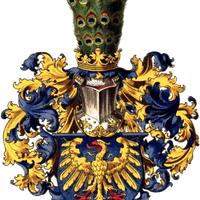
Cavalier's Palace
6.84

St. Martin's Church in Tarnowskie Góry-Stare Tarnowice
6.83
Tarnowskie Góry

Miasteczko Śląskie
6.8
2025 Wizytor | All Rights Reserved